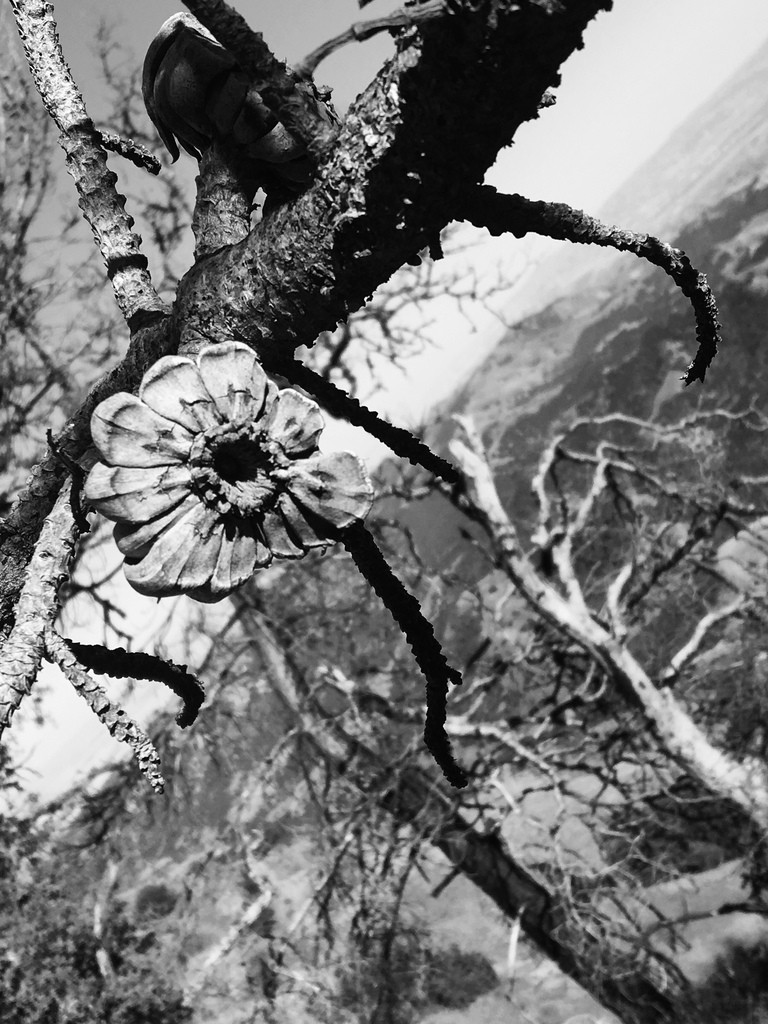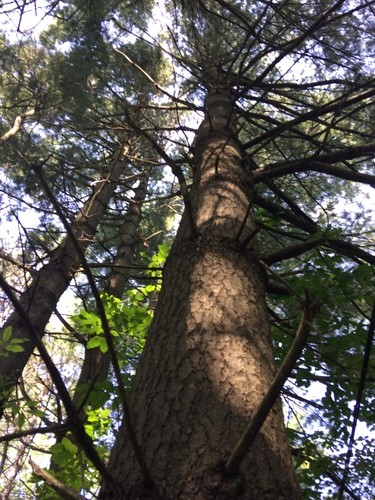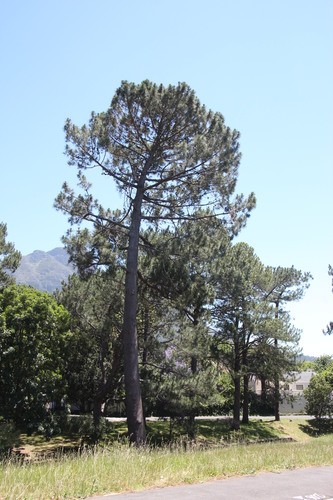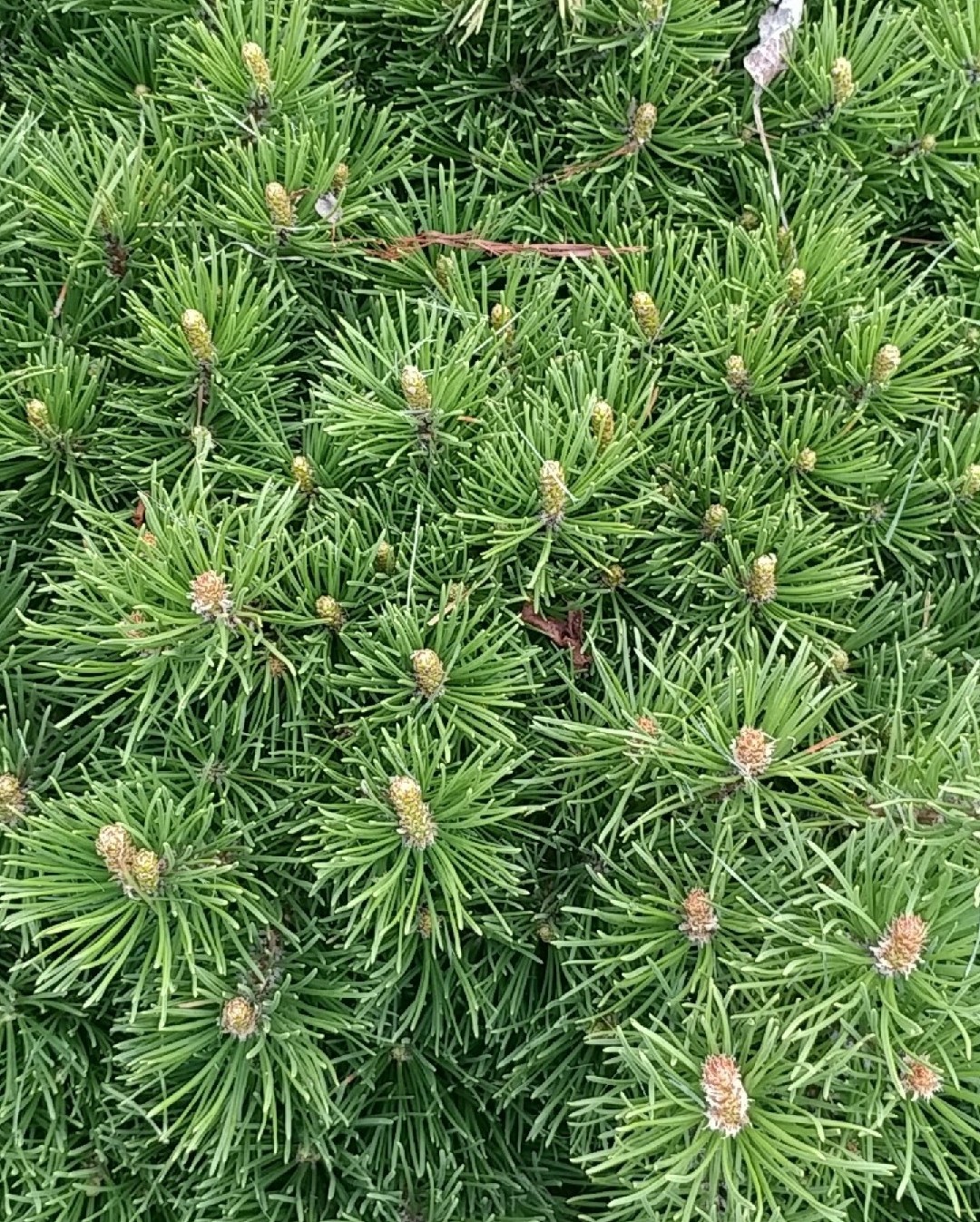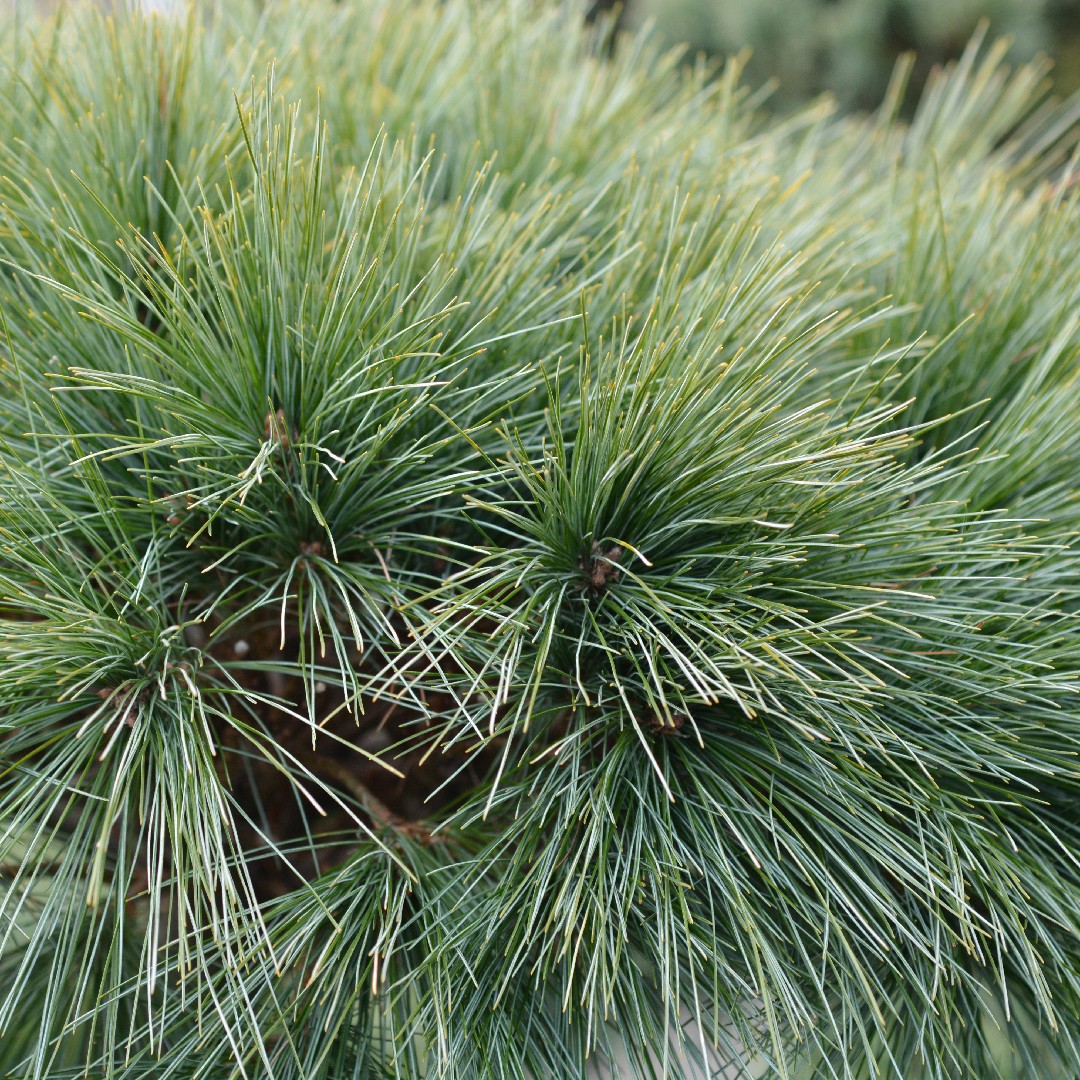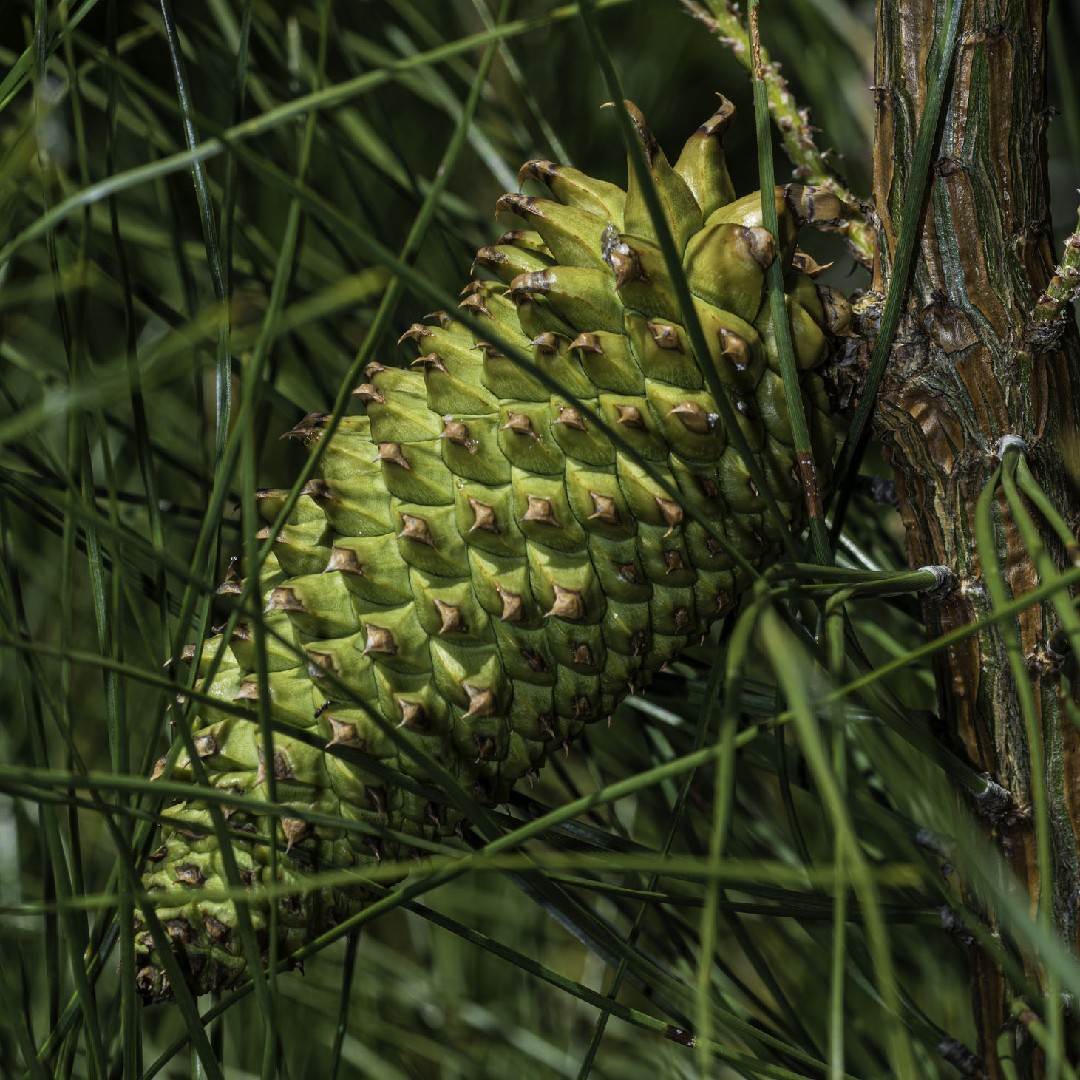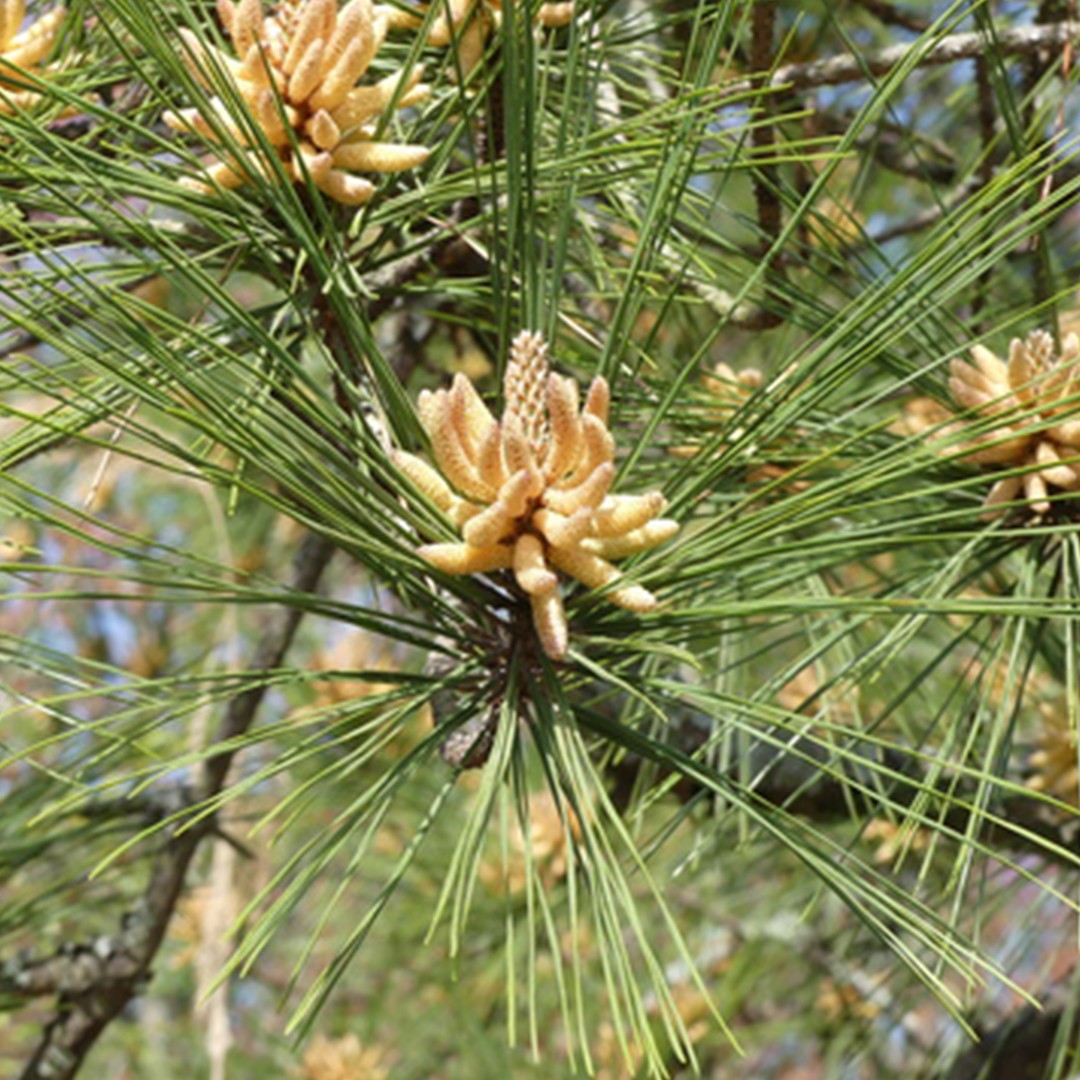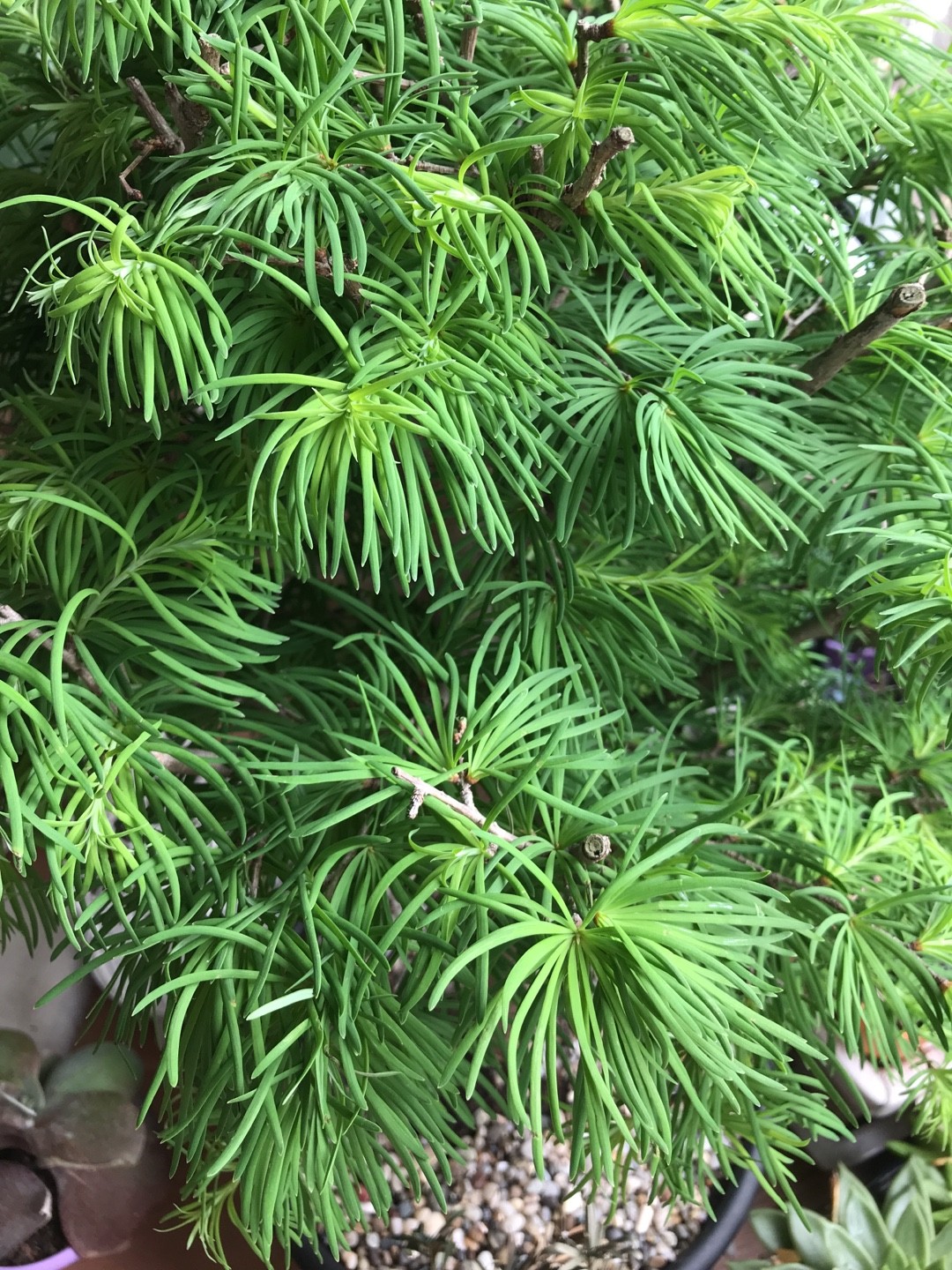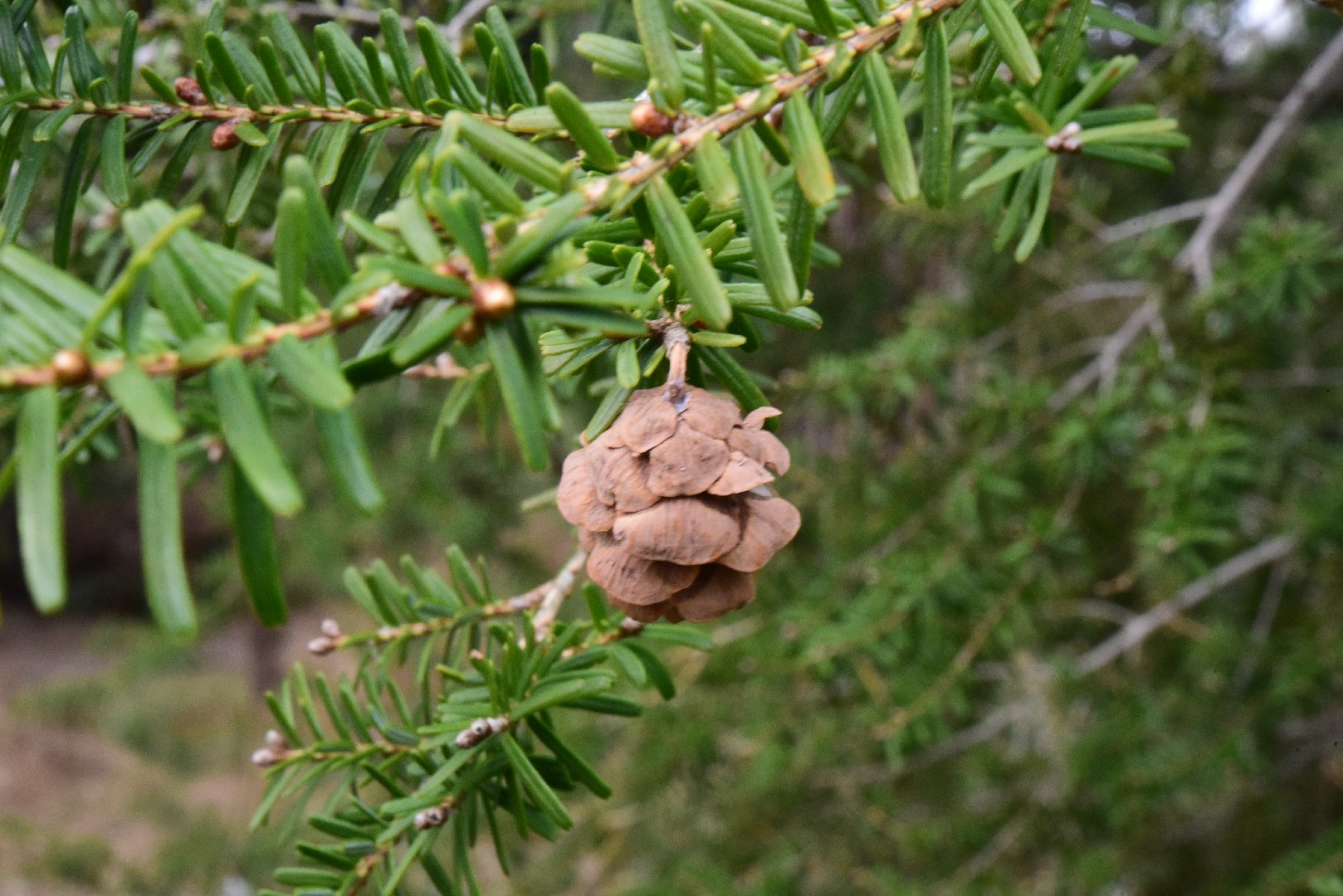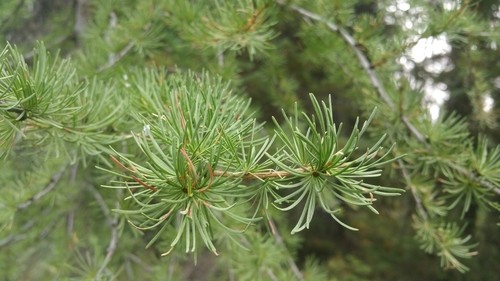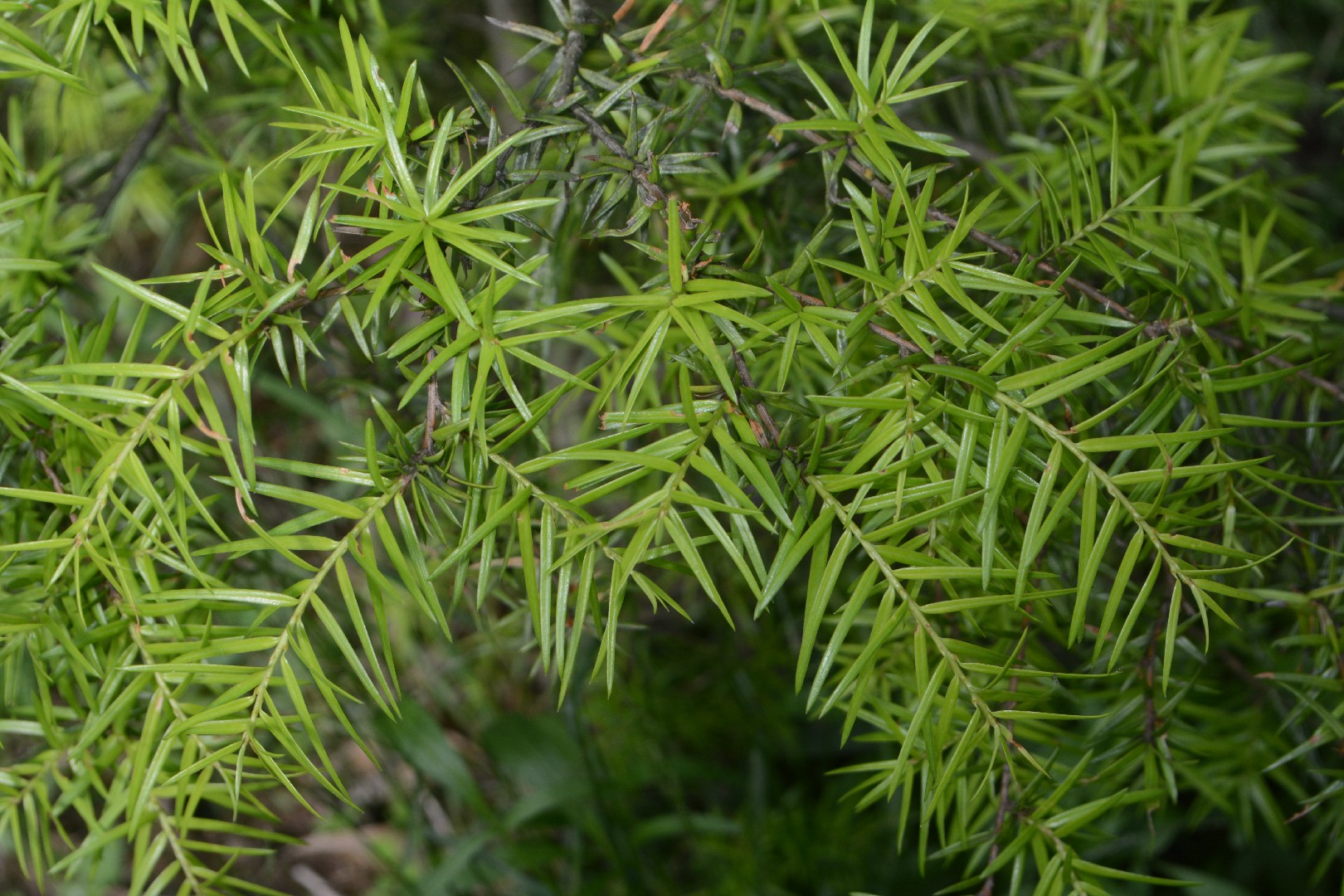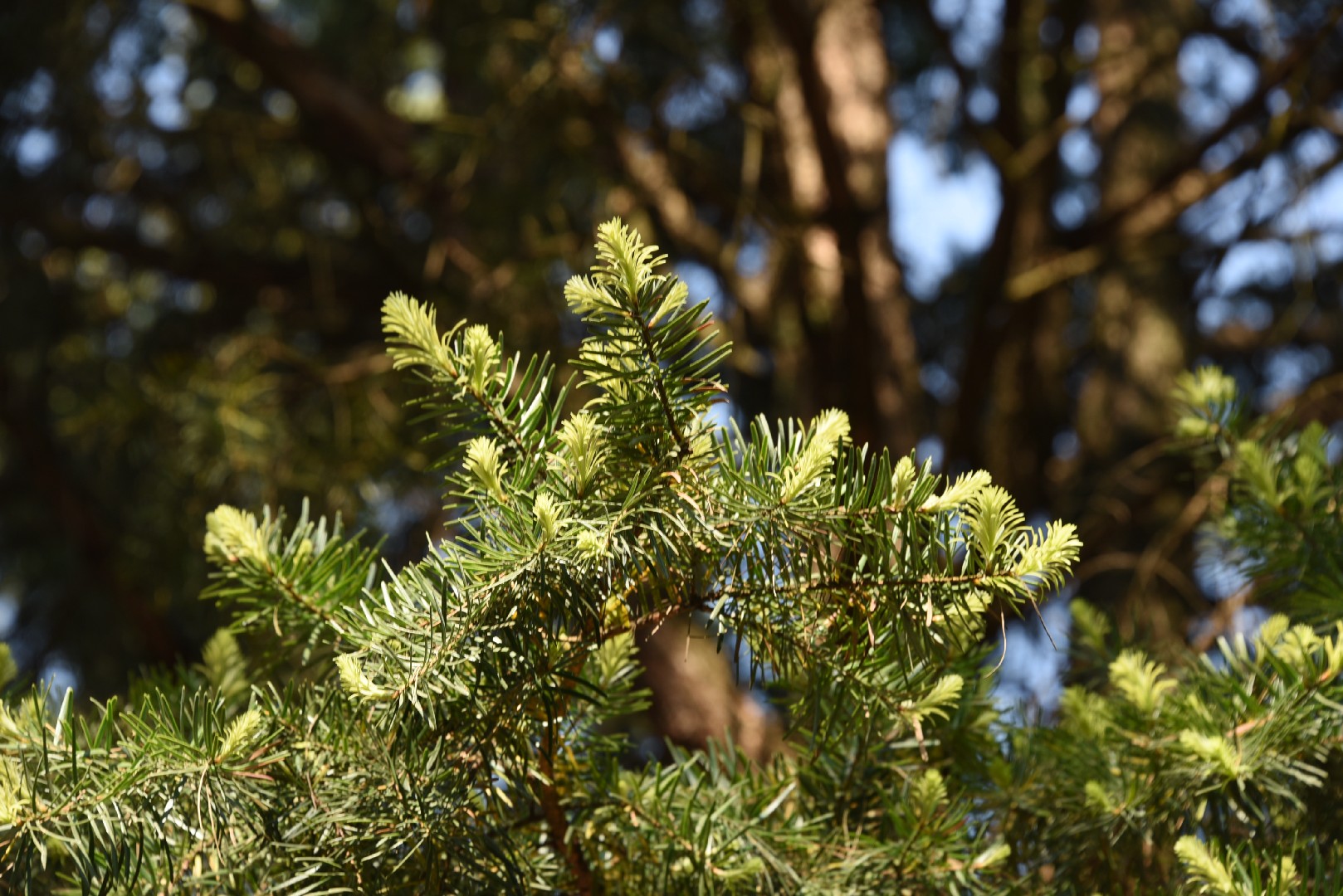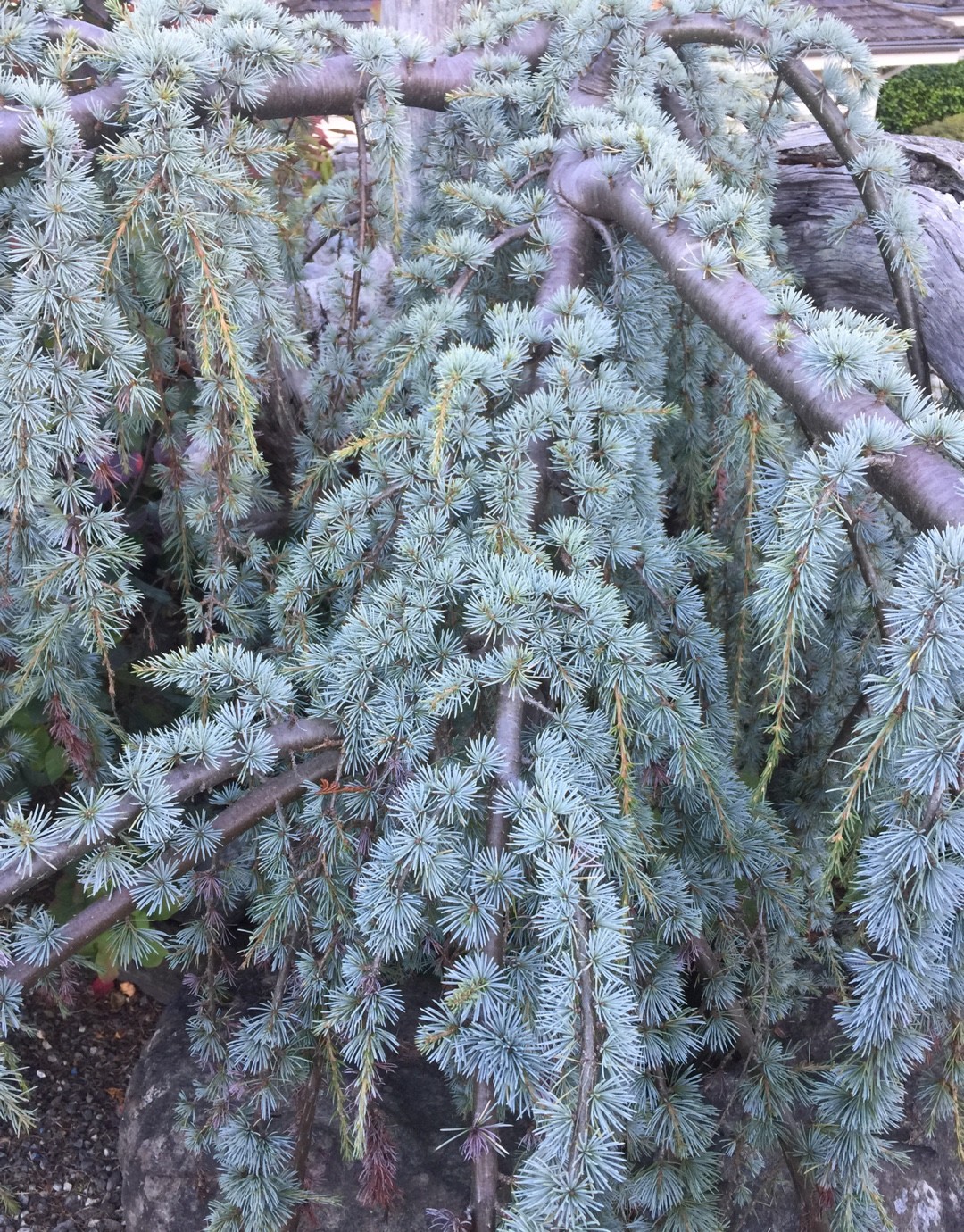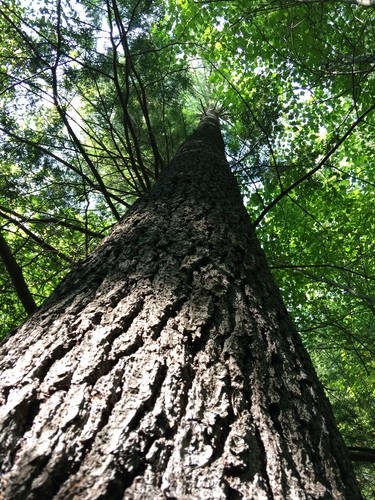Nothotsuga
Nothotsuga contains only one species, nothotsuga is an evergreen tree reaching 30 m tall. The leaves are flat, needle-like, 1.3 to 4 cm long and 1.02 to 2 mm broad, very similar to those of Tsuga. The cones are very similar to those of Keteleeria, but smaller, 2.5 to 5 cm long, erect, and mature in about 6–8 months after pollination. Nothotsuga contains only one species, which is found in southeastern China, in southern Fujian, northern Guangdong, northeast Guangxi, northeast Guizhou, and southwest Hunan.
